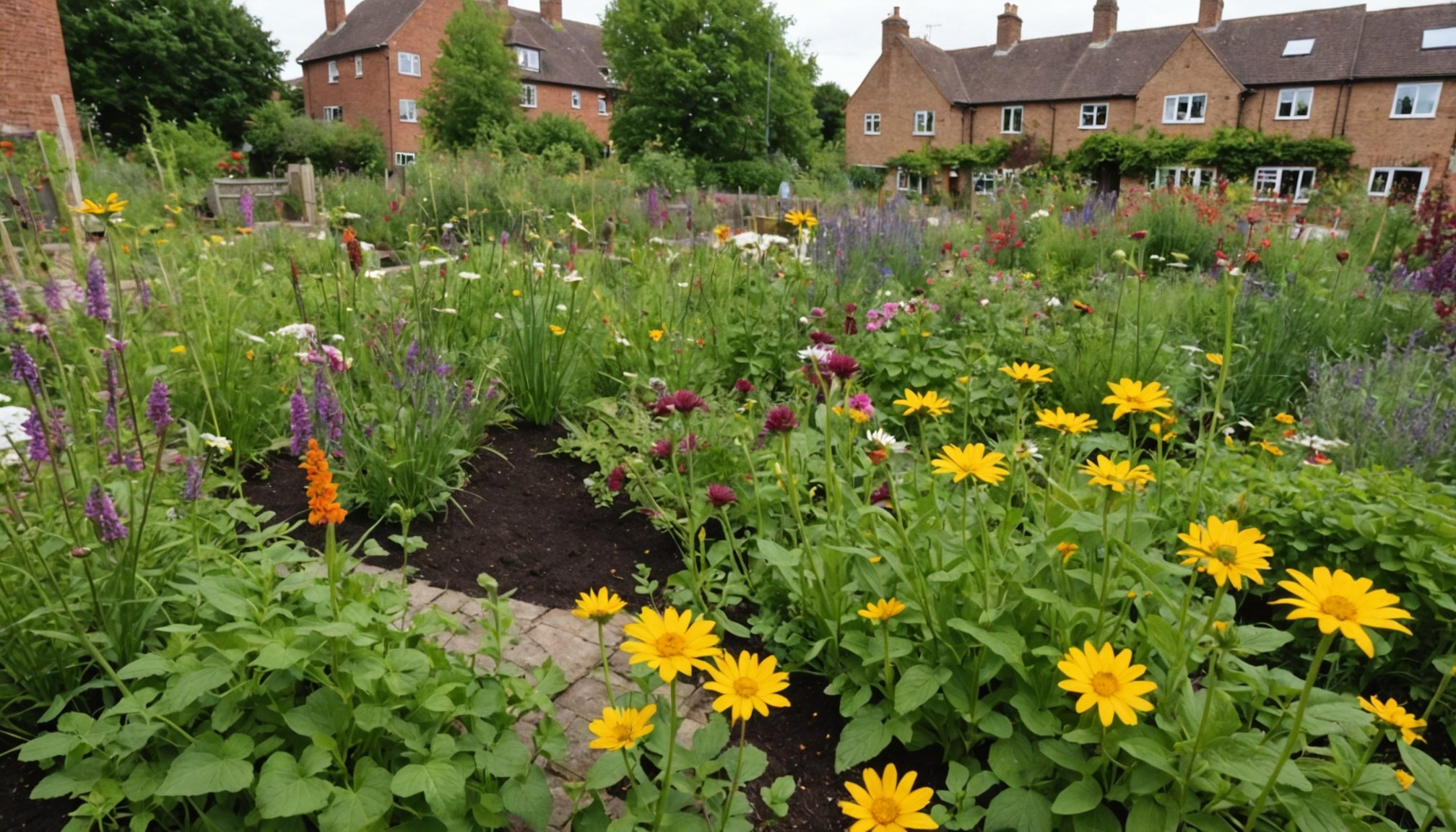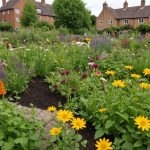Importance of Pollinators in Urban Ecosystems
Pollinators play a crucial role in urban ecosystems, serving as a linchpin for both food production and plant reproduction. These industrious creatures, which include bees, butterflies, and other insects, facilitate the transfer of pollen, enabling plants to produce fruits and seeds. This process is indispensable for maintaining plant diversity, which in turn supports a wide array of wildlife. Moreover, pollinators contribute to the ecological benefits of urban areas by enhancing biodiversity, which can bolster ecosystem resilience against environmental stresses.
The impact of declining pollinator populations on biodiversity is profound and concerning. As pollinator numbers dwindle, the plants reliant on them for reproduction may suffer, leading to reduced plant diversity. This decline has cascading effects, potentially destabilizing food webs and diminishing the overall health of urban environments. Every effort to nurture pollinators in cities brings ecological benefits, such as improved air quality and stronger ecosystem services.
Also to discover : Revamping UK Pesticide Regulations: Innovative Strategies to Protect Pollinators
Urban environments hold a unique opportunity to support pollinators. By integrating pollinator-friendly practices into urban ecosystems, cities can transform into havens for these vital creatures, sustaining both biodiversity and the ecological benefits they provide. Emphasizing the importance of pollinators in city planning can ensure thriving urban ecosystems for generations to come.
Innovative Strategies for Urban Garden Design
Urban gardening requires creative approaches to maximise limited space while supporting urban biodiversity. Utilising vertical spaces can transform urban garden design by accommodating more plants in small areas. This method is particularly beneficial in cities where space is at a premium. Vertical gardens not only conserve space but also help attract pollinators essential for thriving ecosystems.
Also to discover : Fighting wildlife crime: effective legal strategies to combat poaching of endangered species in the uk
Utilizing Vertical Gardening Techniques
Vertical gardening helps utilise urban areas more efficiently. By growing plants vertically, gardeners can include more varieties, bringing forth broader ecological benefits. Popular choices for vertical gardens include climbing plants like sweet peas and honeysuckle, which are known to attract pollinators such as bees and butterflies. These plants contribute to food production and enhance biodiversity.
Incorporating Native Plants
Native flora is fundamental in urban garden design as it offers sustenance for local pollinators. Incorporating various plant layers—such as ground covers, shrubs, and tall plants—fosters habitats for a range of species. These diverse layers increase the ecological benefits of urban ecosystems, supporting resilience and interaction among species.
Through innovative strategies in garden design, urban landscapes can become inviting spaces for pollinators, simultaneously enhancing urban biodiversity.
Designing Pollinator-Friendly Spaces
Incorporating pollinator-friendly spaces into urban design significantly enhances habitat quality within city environments. A crucial element in garden design is creating diverse garden layouts that integrate flowering plants, water sources, and shelter options to attract and support pollinators. This creative approach not only enriches aesthetic appeal but also bolsters urban biodiversity.
Garden layouts that exemplify successful pollinator gardens often include a mix of seasonal blooms, ensuring year-round attraction and support for pollinator communities. The inclusion of bee hotels, butterfly houses, and water puddling stations are practical design strategies that cater to specific needs of different pollinators. These features provide essential resources for feeding, nesting, and hydration.
Case studies reveal that gardens which incorporate a variety of flowers such as lavender, sunflowers, and marigolds, show marked improvement in pollinator visits. Recognizing and replicating these successful models can serve as valuable inspiration for urban planners and gardeners. By adopting these elements, urban areas can offer robust support for pollinator populations, reinforcing the ecological benefits they bring to city ecosystems. Through strategic urban garden design, cities can flourish as vibrant, biodiverse hubs.
Sustainable Gardening Practices
Implementing sustainable gardening techniques can significantly bolster urban biodiversity while promoting eco-friendly practices. One effective approach involves reducing pesticide usage and turning to organic alternatives like insecticidal soaps or neem oil, which pose less risk to pollinators. By doing so, gardeners ensure safer habitats for bees and butterflies, enhancing biodiversity.
Water conservation is another cornerstone of sustainable gardening. Strategies such as rainwater harvesting, drip irrigation, and using mulch can considerably reduce water wastage. These practices not only conserve water but also maintain soil moisture, fostering healthier plant growth.
Composting is invaluable for improving soil health. It recycles organic waste into nutrient-rich compost, enriching the soil with essential nutrients and improving its structure. This natural process supports robust plant growth, encouraging a thriving ecosystem that can sustain pollinator populations.
By embracing these techniques, urban gardens can become vibrant, self-sustaining ecosystems that contribute to the broader objectives of ecological conservation and urban biodiversity enhancement. Sustainable practices serve as a model for environmentally responsible gardening, encouraging urban dwellers to adopt measures that support both pollinators and sustainable urban living.











